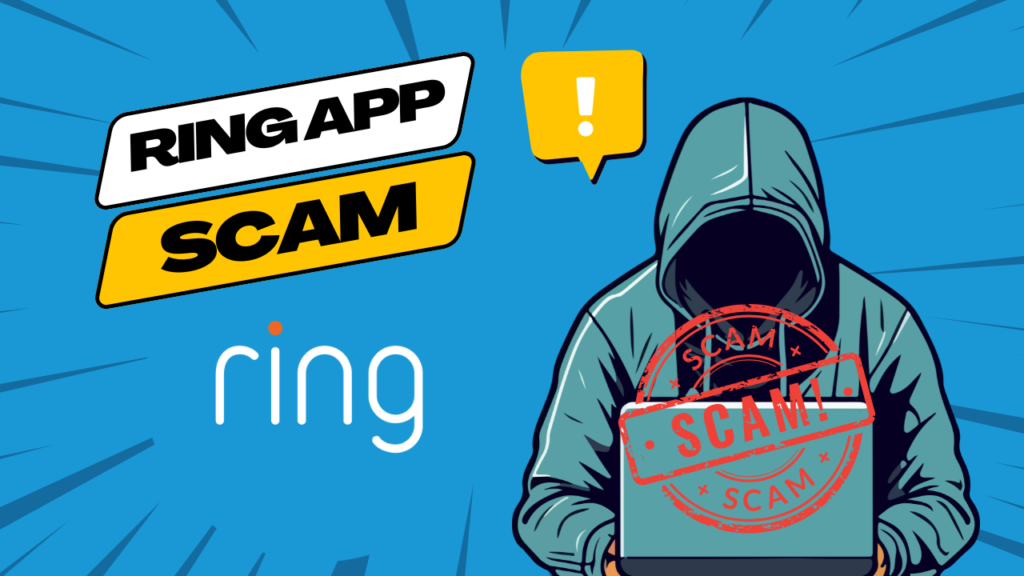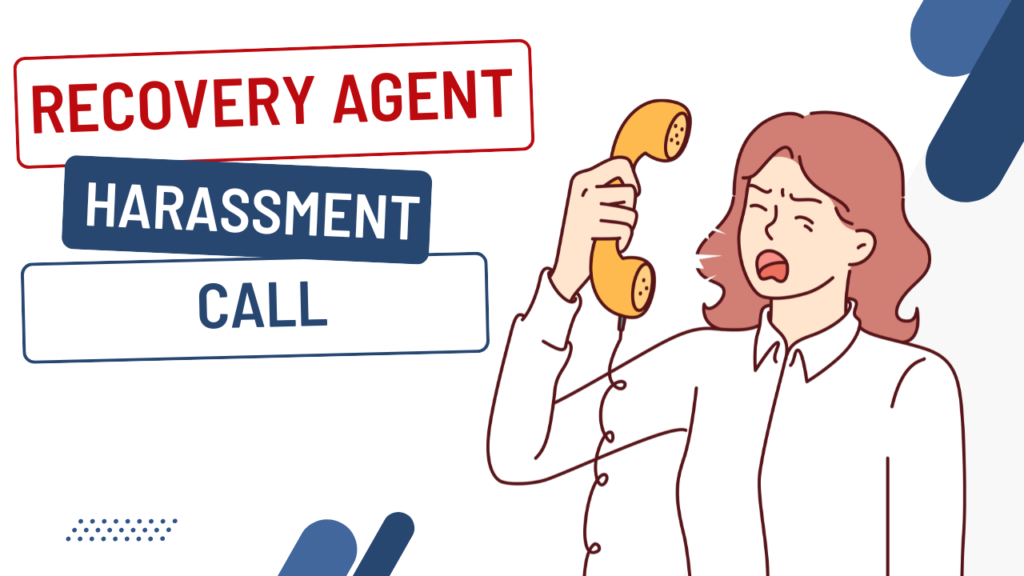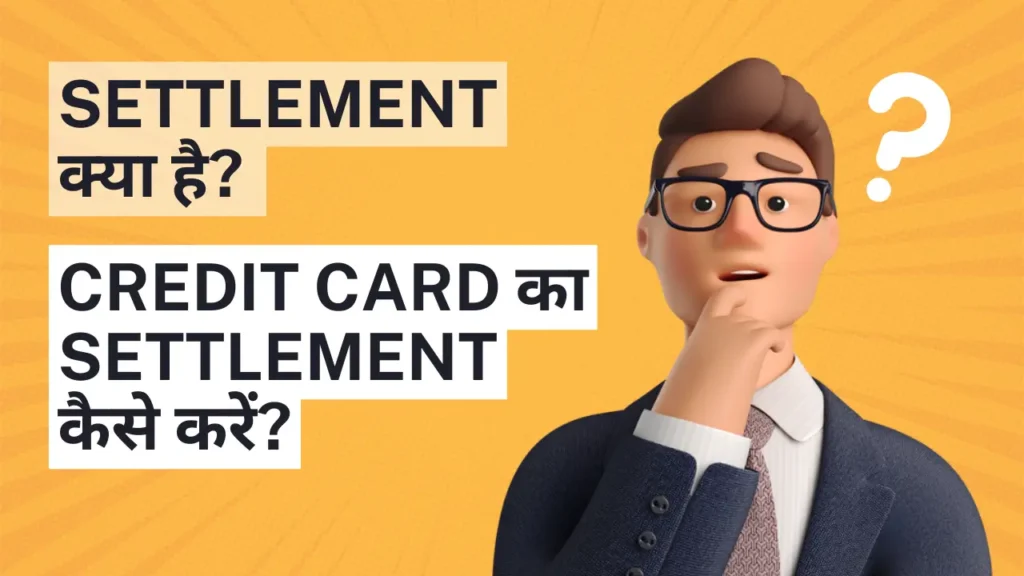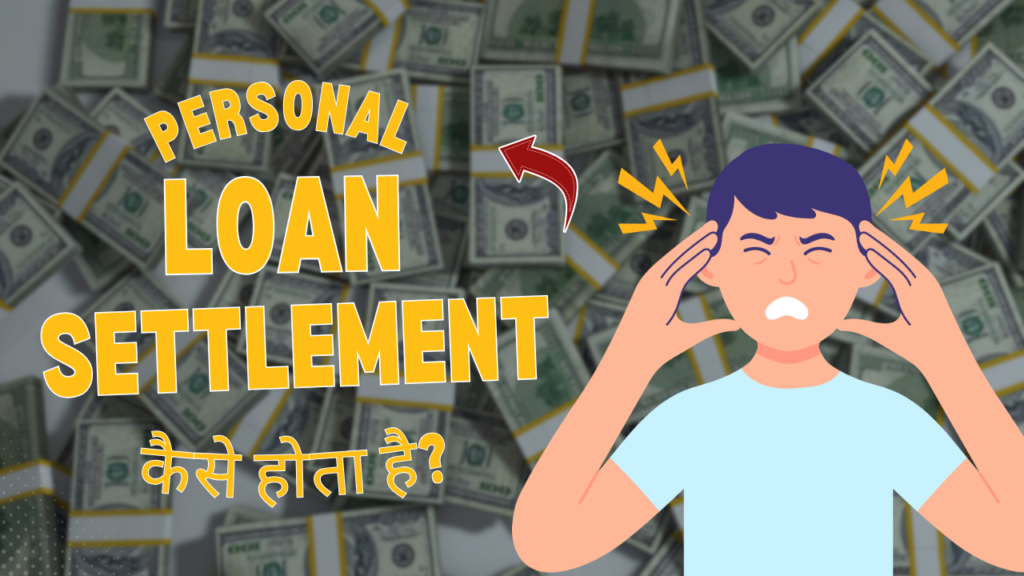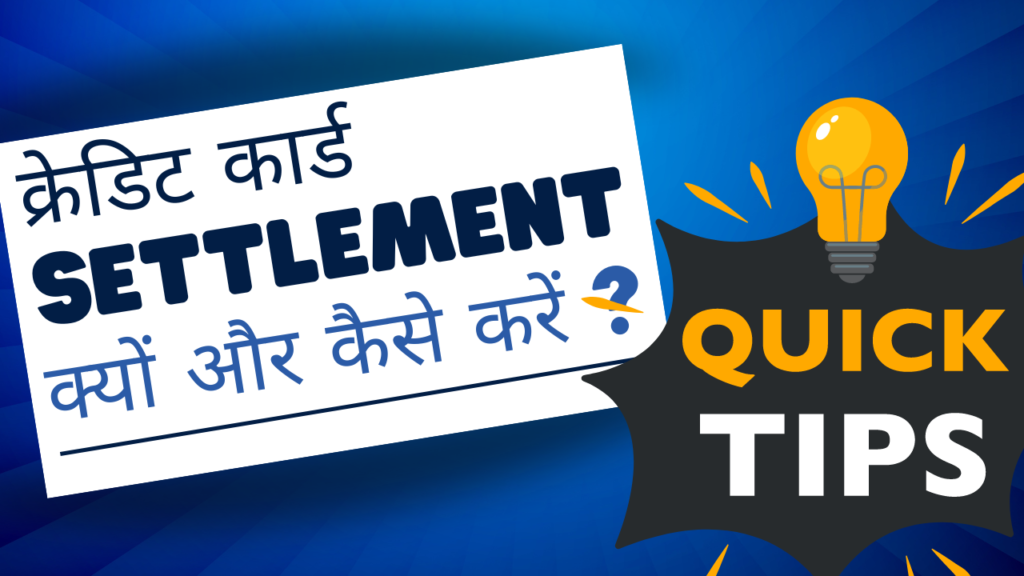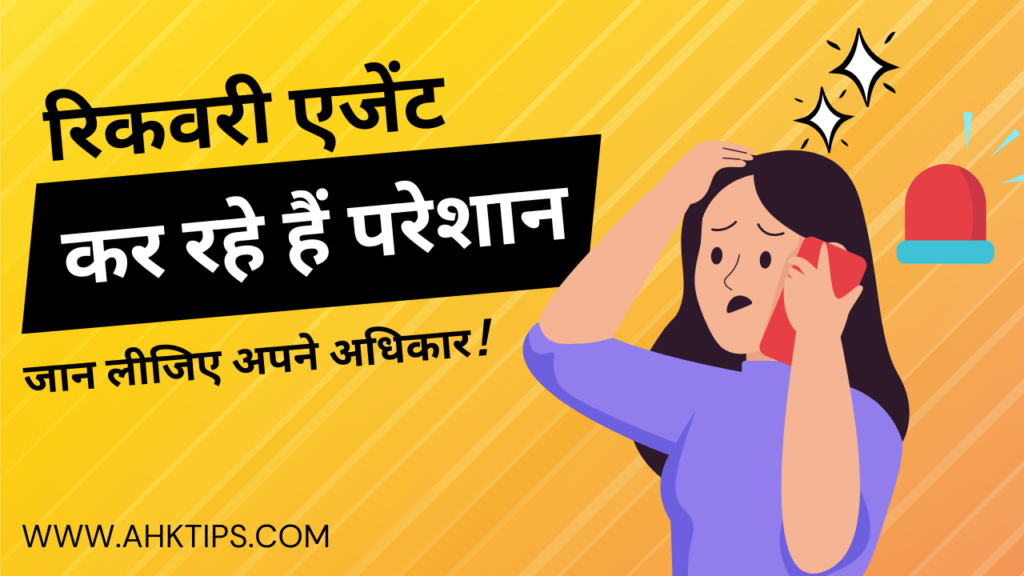Summary
Credit card settlement is a financial option available to individuals who are unable to repay their full credit card dues due to situations like job loss, medical emergencies, or business failure. In this process, you negotiate with the bank to pay a reduced lump sum amount, which is accepted as full repayment. While this can offer quick relief from mounting debt and legal action, it comes with drawbacks.
When you settle your credit card debt, the account is marked as “settled” instead of “paid in full,” which can negatively affect your credit score for up to seven years. This makes it harder to get loans or credit cards in the future.
Before choosing a settlement, it’s important to evaluate your finances, understand the consequences, and explore alternatives like debt consolidation or credit counseling. The process involves gathering documents, negotiating with the bank, and getting a written agreement.
Though helpful in emergencies, credit card settlement should only be a last resort. With proper planning and professional advice, you can manage your debt smartly and work toward long-term financial stability.
Introduction
Credit card settlement is a financial lifeline for individuals struggling to repay their outstanding credit card debt. It involves negotiating with your card issuer to pay a reduced lump sum, which is accepted as full repayment. This option is typically considered during financial hardships, such as job loss or medical emergencies, when repaying the entire balance becomes unmanageable.
While settlement provides immediate relief by reducing your debt burden, it comes with consequences. The account is marked as “settled” rather than “paid in full,” which negatively impacts your credit score and remains on your credit history for up to seven years. This can make future borrowing more challenging.
Credit card settlement is a last-resort solution and requires careful planning. Exploring alternatives like debt consolidation or credit counseling is advisable before proceeding. By understanding its implications and preparing thoroughly, you can navigate this process responsibly and work toward financial stability.
What is a Credit Card Settlement?
A credit card settlement is a financial agreement between you and your card issuer that helps resolve outstanding debt when you cannot pay the full amount. Instead of repaying the entire balance, you negotiate to pay a reduced lump sum, which the issuer will accept as payment in full.
This process can provide relief during financial hardship, but it comes with consequences. Settling your debt negatively impacts your credit score, as the account will be marked as “settled” instead of “paid in full.” This can make future borrowing more difficult.
To initiate a settlement, start by assessing your finances. Then, contact your issuer to negotiate terms. Once an agreement is reached, make sure to document the settlement in writing and pay the agreed amount promptly.
While settling your debt can reduce your financial burden, it should be considered a last resort due to its long-term effects on your creditworthiness. It may be worth exploring alternatives such as debt consolidation or credit counseling.
What are the reasons for doing a Credit Card Settlement?
Credit card settlement is a financial strategy often chosen when repaying the full outstanding balance becomes unmanageable. Here are the key reasons:
- Financial Hardship: Unexpected events like job loss, medical emergencies, or economic downturns can make it impossible to keep up with payments.
- Avoid Bankruptcy: Settlement is a less drastic alternative to bankruptcy, which can severely impact your financial reputation for years.
- Reduce Debt Burden: Negotiating a lower lump sum payment helps ease the pressure of high-interest rates and minimum payments.
- Prevent Legal Action: Settling your debt can avoid lawsuits or aggressive collection efforts from creditors.
- Regain Financial Stability: It provides an opportunity to start fresh and focus on rebuilding your finances.
- Minimize Stress: The constant worry of mounting debt can be overwhelming; settlement offers a way to regain peace of mind.
While settlement can offer relief, it’s important to understand its consequences. It negatively impacts your credit score and is recorded in your credit history for up to seven years. Exploring alternatives like debt consolidation, counseling, or budgeting might be worth considering before opting for settlement. The pros and cons are to carefully make an informed decision.
What are the features of Credit Card Settlement?
Credit card settlement is a financial solution designed to help individuals manage overwhelming debt. Here are its key features:
- Debt Reduction: It allows you to negotiate with your creditor to pay a reduced lump sum instead of the full outstanding balance.
- Negotiability: You can directly communicate your financial struggles or work with a debt settlement agency to reach an agreement.
- Formal Agreement: The settlement terms are documented in writing, ensuring clarity and legal protection for both parties.
- Impact on Credit Score: Once settled, the account is marked as “settled” rather than “paid in full,” which negatively affects your credit score and remains on your credit history for up to seven years.
- Avoid Legal Action: A Settlement can prevent lawsuits or aggressive collection efforts from creditors.
- Immediate Relief: It provides a way to escape the cycle of mounting debt and high-interest rates during financial hardship.
- Last Resort Option: It’s typically considered when other alternatives, like debt consolidation or restructuring, are not viable.
While credit card settlement offers relief, it’s important to weigh its long-term consequences carefully. Seeking professional advice can help you make an informed decision and explore better alternatives.
What documents are required to do a Credit Card Settlement?
To initiate a credit card settlement, you need specific documents to demonstrate your financial situation and negotiate effectively. Here are the key requirements:
- Proof of Identity: Valid identification such as a Pan Card, Aadhaar card, passport, voter ID, or driving license to confirm your identity.
- Proof of Address: Recent utility bills, bank statements, or lease agreements to verify your current address.
- Proof of Income: Salary slips, income tax returns, or bank statements showing regular income deposits to showcase your financial capacity.
- Financial Statements: A detailed summary of your assets, liabilities, income, and expenses to provide a clear picture of your financial health.
- Credit Card Statements: Recent statements to help the creditor understand your debt situation.
- Evidence of Financial Hardship: Documents like medical bills, termination letters, or other proof of financial distress to support your case.
- Settlement Proposal: A written proposal outlining the amount you can pay and the terms you’re seeking.
Having these documents ready ensures a smoother negotiation process and strengthens your position. It’s essential to keep all records updated and accurate to avoid delays or complications during the settlement process.
What steps should you take before settling your credit card debt?
Before opting for a credit card settlement, it’s crucial to prepare thoroughly to ensure a smooth process and minimize risks. Here are the key steps:
- Assess Your Financial Situation: Analyze your income, expenses, and debts to determine how much you can realistically offer as a settlement amount.
- Understand the Impact: Research how settlement affects your credit score and future borrowing ability. It’s important to weigh the pros and cons.
- Explore Alternatives: Consider options like debt consolidation, restructuring, or counseling, which might be less damaging to your credit.
- Gather Necessary Documents: Prepare proof of identity, address, income, financial statements, and evidence of hardship to support your case.
- Negotiate Strategically: Approach your creditor with a clear proposal and be polite yet persistent during discussions.
- Seek Professional Advice: Consult financial advisors or debt settlement agencies for guidance and support.
- Get Written Agreements: Ensure all settlement terms are documented to avoid future disputes.
Taking these steps helps you make informed decisions and strengthens your position during negotiations. Remember, settlement is a last resort, so explore all other options before proceeding.
What is the Credit Card Settlement Process?
The credit card settlement process is a structured approach to resolving outstanding debt when repayment becomes challenging. Here’s how it works:
- Assess Your Debt: Begin by reviewing your total credit card debt and overall financial situation to determine how much you can offer as a settlement.
- Contact Your Creditor: Reach out to your credit card issuer or a debt settlement agency to initiate the process.
- Negotiate Terms: Explain your financial hardship and propose a lump sum payment that is less than the total owed. Be prepare for back-and-forth discussions.
- Provide Documentation: Submit necessary documents, such as proof of identity, address, income, and evidence of financial distress, to support your case.
- Agree on Settlement: Once terms are finalized, ensure the agreement is documented in writing to avoid future disputes.
- Make Payment: Pay the agreed-upon amount promptly to close the account.
- Impact on Credit Score: The account will be marked as “settled,” which negatively affects your credit score and remains on your credit history for up to seven years.
What to do before doing a Credit Card Settlement?
Before opting for a credit card settlement, it is essential to prepare thoroughly to ensure a smooth process and minimize risks. Here’s what you should do:
- Evaluate Your Finances: Assess your income, expenses, and debts to determine how much you can realistically offer as a settlement amount.
- Understand the Impact: Research how settlement affects your credit score and future borrowing ability. It’s important to weigh the pros and cons.
- Explore Alternatives: Consider options like debt consolidation, restructuring, or credit counseling, which might be less damaging to your credit.
- Gather Necessary Documents: Prepare proof of identity, address, income, financial statements, and evidence of hardship to support your case.
- Negotiate Strategically: Approach your creditor with a clear proposal and be polite yet persistent during discussions.
- Seek Professional Advice: Consult financial advisors or debt settlement agencies for guidance and support.
- Get Write Agreements: Ensure all settlement terms are document to avoid future disputes.
What are the disadvantages of doing a Credit Card Settlement?
Credit card settlement can provide relief during financial hardship, but it comes with significant disadvantages. Here are the key points:
- Negative Impact on Credit Score: Settling a credit card debt marks the account as “settled” rather than “paid in full,” which lowers your credit score and remains on your credit report for up to seven years.
- Difficulty in Future Borrowing: Lenders view settled accounts as a sign of financial instability, making it harder to secure loans or credit cards in the future.
- Tax Implications: The amount waived by the creditor may be considered taxable income, potentially increasing your tax liability.
- Limited Negotiation Success: Not all creditors agree to settlements, and some may insist on full repayment.
- Higher Interest Rates: If you manage to secure loans after settlement, they may come with higher interest rates due to perceived risk.
- Temporary Relief: Settlement addresses immediate debt but doesn’t solve underlying financial issues, requiring long-term planning to avoid future problems.
Conclusion
Credit Card settlement is a practical solution for individuals facing financial challenges and struggling to repay their outstanding debt. It provides immediate relief by allowing you to negotiate a reduced lump sum payment, helping to manage high-interest rates and mounting debts. However, the process is a double-edged sword—it offers short-term financial relief but has long-term consequences, such as a negative impact on your credit score, difficulty in obtaining future loans, and potential tax liabilities.
To make the most of this option, it’s crucial to prepare thoroughly by evaluating your finances, understanding the implications, and gathering the necessary documents. Additionally, exploring alternatives like debt consolidation or credit counseling can help you find less damaging solutions. While settlement offers a way to regain financial stability, it should only be consider as a last resort due to its effect on your creditworthiness.
By taking informed steps, negotiating strategically, and focusing on rebuilding your finances post-settlement, you can navigate this challenging situation responsibly. Seeking professional advice can further guide you toward the best course of action for your unique circumstances. Remember, careful planning and informed decisions are essential for achieving long-term financial health.
Frequently Asked Questions (FAQ’s)
Ans: The credit card settlement process involves assessing your debt, contacting the issuer, negotiating a reduced lump sum, providing necessary documents, formalizing the agreement, and promptly paying the settled amount.
Ans: When you settle a credit card, you negotiate to pay less than the full amount owed. The account is marked as “settled,” which lowers your credit score and stays on your report for seven years. While it provides financial relief, it impacts future borrowing and may lead to higher interest rates on loans.
Ans: Here are six steps to improve your CIBIL score:
Pay Bills on Time
Maintain Low Credit Utilization Check Credit Report Regularly
Avoid Multiple Loan Applications
Clear Outstanding Dues
Build a Healthy Credit Mix
Ans: No, a settlement is not illegal, The Credit Card Settlement is Legal Process, but it is indicated as a “Settled” status in your credit report, which affects your credit history.


